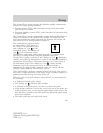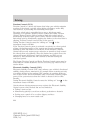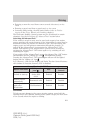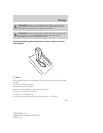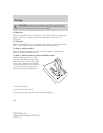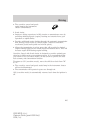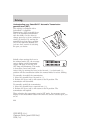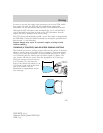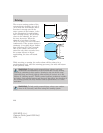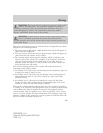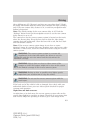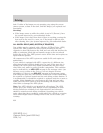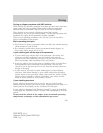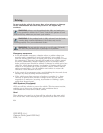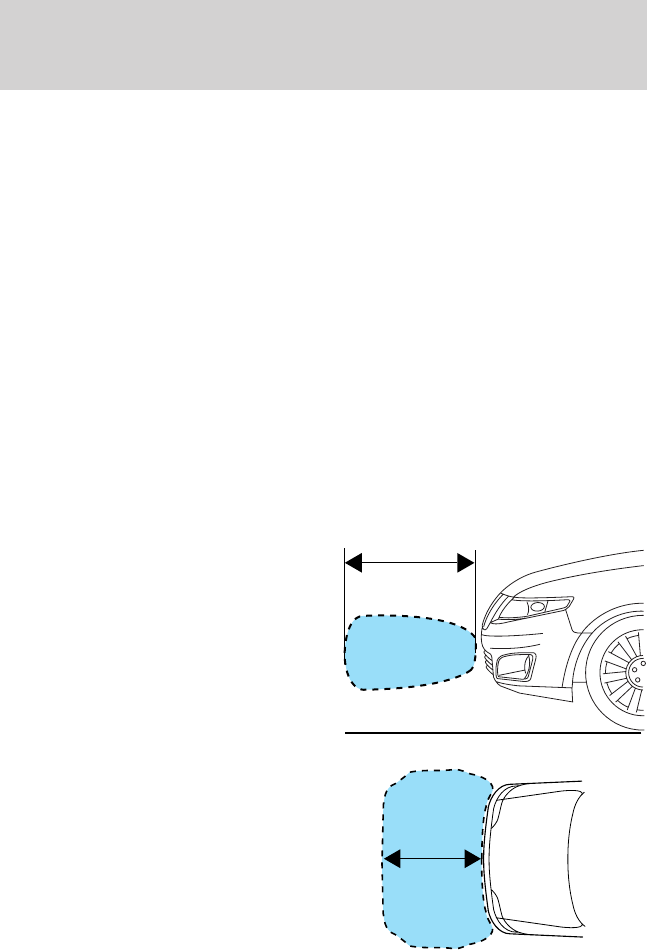
In order to prevent the engine from running at too low an RPM, which
may cause it to stall, the SST will still automatically make some
downshifts if it has determined that you have not downshifted in time.
Although the SST will make some downshifts for you, it will still allow
you to downshift at any time as long as the SST determines that the
engine will not be damaged from over-revving.
The SST will not automatically upshift, even if the engine is approaching
the RPM limit. It must be shifted manually by moving the gearshift lever
back toward (+) and releasing.
Engine damage may occur if excessive engine revving is held
without shifting.
FORWARD (IF EQUIPPED) AND REVERSE SENSING SYSTEMS
The forward and reverse sensing system will warn the driver of obstacles
within a certain range of the front and rear bumpers. The front sensors
will be active when the gearshift is in any position other than P (Park)
or N (Neutral) and the vehicle speed is below 8 mph (13 km/h). The
rear sensors will only be active when the gearshift is in R (Reverse).
The front sensors cover an area up
to 27.6 inches (70 cm) from the
front of the vehicle and about 6–9 in
(15–23 cm) to the side of the front
end of the vehicle. See the
illustration for approximate sensor
area coverage.
2009 MKS (mks)
Owners Guide (post-2002-fmt)
USA (fus)
Driving
227



